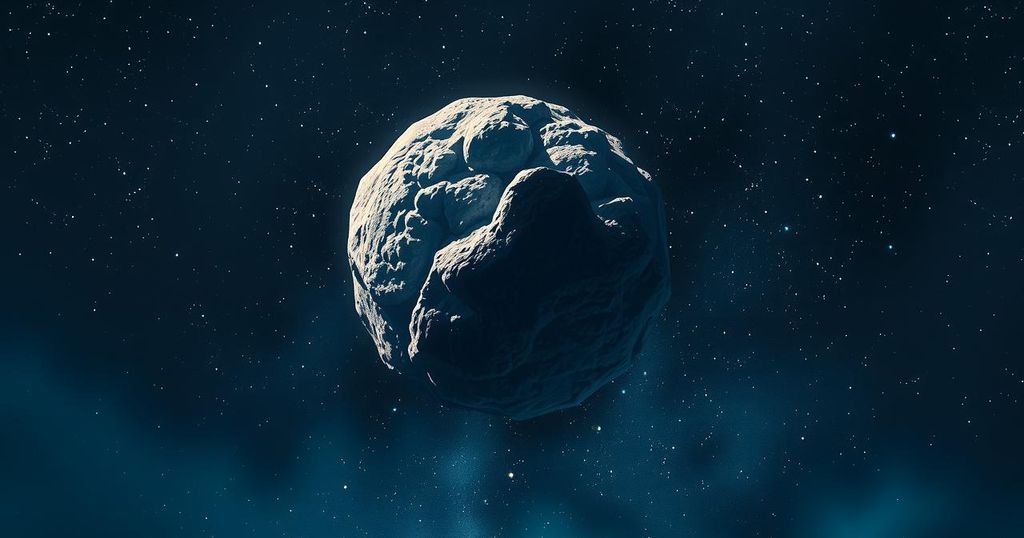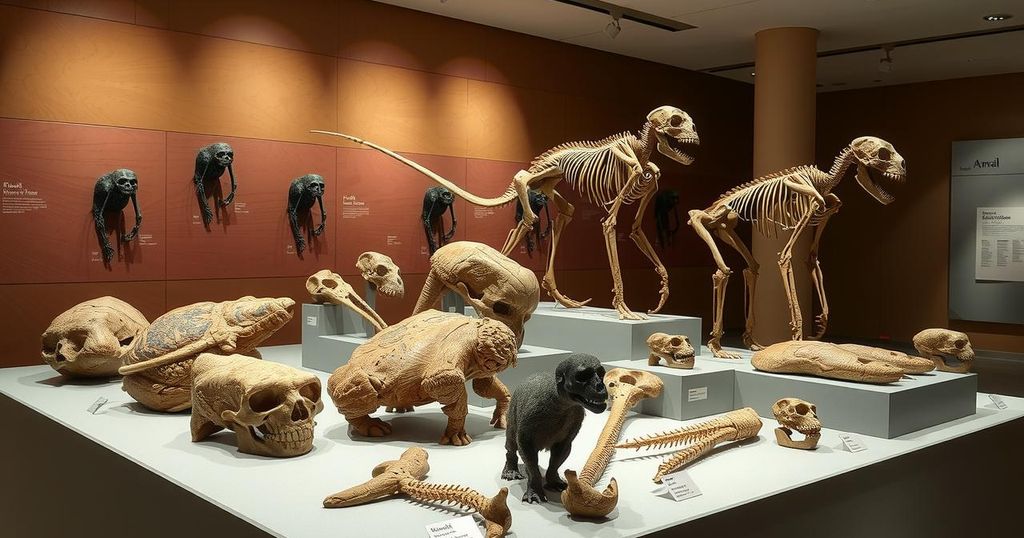NASA Confirms Asteroid 2024 YR4 Poses No Major Threat to Earth
NASA has updated its risk assessment of asteroid 2024 YR4, ruling it out as a significant threat to Earth. New observations show the impact probability has decreased substantially to a mere fraction of a percent for 2032. Continuous monitoring will ensure updated data as the space community remains vigilant about future cosmic risks.
NASA has released new updates on asteroid 2024 YR4, first discovered in December 2024. The asteroid has garnered attention from the planetary defense community, and thankfully, it’s been ruled out as a serious threat to Earth. Thanks to the James Webb Space Telescope, new infrared observations offer better estimates of the asteroid’s size, leading to more accurate predictions about its possible impacts. This is a relief considering initial calculations that showed a small chance of an Earth impact in 2032.
In recent developments, NASA has significantly revised the risk assessment for 2024 YR4, now indicating it poses no significant threat for the foreseeable future. Initially, experts were concerned about an impact risk in a decade’s time, but new data suggests otherwise. Continuous monitoring by scientists submitting updates to the Minor Planet Center has proved essential in reassuring the public about this cosmic puckering risk.
Observations conducted overnight from February 19 to 20 have further dropped the chances of the asteroid impacting Earth on December 22, 2032, to 0.28%. While it’s still being tracked, NASA’s planetary defense teams are working diligently to refine predictions. The data shows that the risk is low, providing a cushion of comfort amidst uncertainty.
With a recent bout of dark sky observations following a week marred by full moon brightness, astronomers have turned their sights back to 2024 YR4. The brightness of the full moon can drown out the faint light of asteroids, making them nearly impossible to detect with ground telescopes. Researchers aim to capture these elusive celestial objects while visibility holds steady.
Although the risk remains astoundingly low, some new analysis indicates that the potential for impact has climbed slightly to 2.3% for that same date in 2032. NASA and affiliates involved with the International Asteroid Warning Network plan to keep an eye on the asteroid throughout April while it’s still observable. Keeping a watchful eye is all part of safeguarding against the unknown.
So far, the findings show a little over a 1% chance of 2024 YR4 striking Earth in 2032, which conversely means there’s a 99% chance that it won’t. Observations will continue to accumulate as precise data emerges, ensuring experts can adapt to new information as it arrives.
Asteroid 2024 PT5, a smaller near-Earth body first spotted on August 7, 2024, also caught attention. At about 33 feet wide, it’s not a threat to our planet and will be monitored during its next close pass in January 2025.
During the recent Planetary Defense Conference, global experts gathered to strategize how to cope with undiscovered asteroids that could someday threaten Earth. Even without immediate dangers, these discussions are crucial for our safety against cosmic threats.
Reflecting on the Chelyabinsk impact that shocked Russia a decade ago, experts highlight that such occurrences, while rare, remind us of the potential devastation that asteroids can bring. As NASA and others ponder the past, their focus remains steadfast on safeguarding the future against unforeseen celestial impacts.
In summary, NASA’s recent observations have revealed that asteroid 2024 YR4 poses no significant threat to Earth. While initial predictions indicated a chance of impact in 2032, recent data has significantly reduced those odds, now putting them at an incredibly low percentage. Ongoing monitoring and observations from a variety of telescopes continue, ensuring that humanity remains vigilant about potential cosmic threats. The recent discussions at planetary defense conferences also emphasize the importance of preparedness for potential unidentified asteroids.
Original Source: science.nasa.gov




Post Comment